WHAT’S THE LATEST?
Several key developments have been made since my previous blog post last semester. For one thing, the start of the spring semester marks a new chapter in my capstone and documentary endeavors, that is, I have officially “graduated” from the Capstone Preparation class and now relish in the opportunities of the esteemed Capstone Project class – this is where the real work gets done. Put simply, the last few months since my last research update has consisted of a lot of thought and internal previsualization of what my project—the finished documentary—will actually look like. I also got a chance to view some of the research and development behind the previous class’ projects and how that work translated into their finished creations.
1. GANTT CHART
As imposing, and at times overwhelming, as this seemingly simple task sounds, my anxieties were quelled when our prep class was tasked with creating something called a Gantt chart, a kind of sliding, horizontal schedule. We used this to create an actionable schedule of tasks for our projects and to put into perspective the work that had to be completed from now until the spring, broken down into each individual step. So, no, anxieties were not quelled. Now I could truly visualize how much work needed to be completed in these coming months if I wanted to get this film up and running and ultimately graduate. However, at least this allowed me to be more organized; I now had a doable weekly checklist of tasks – a to-do list, instead of the far-less organized and more generalized goals that existed in my head.
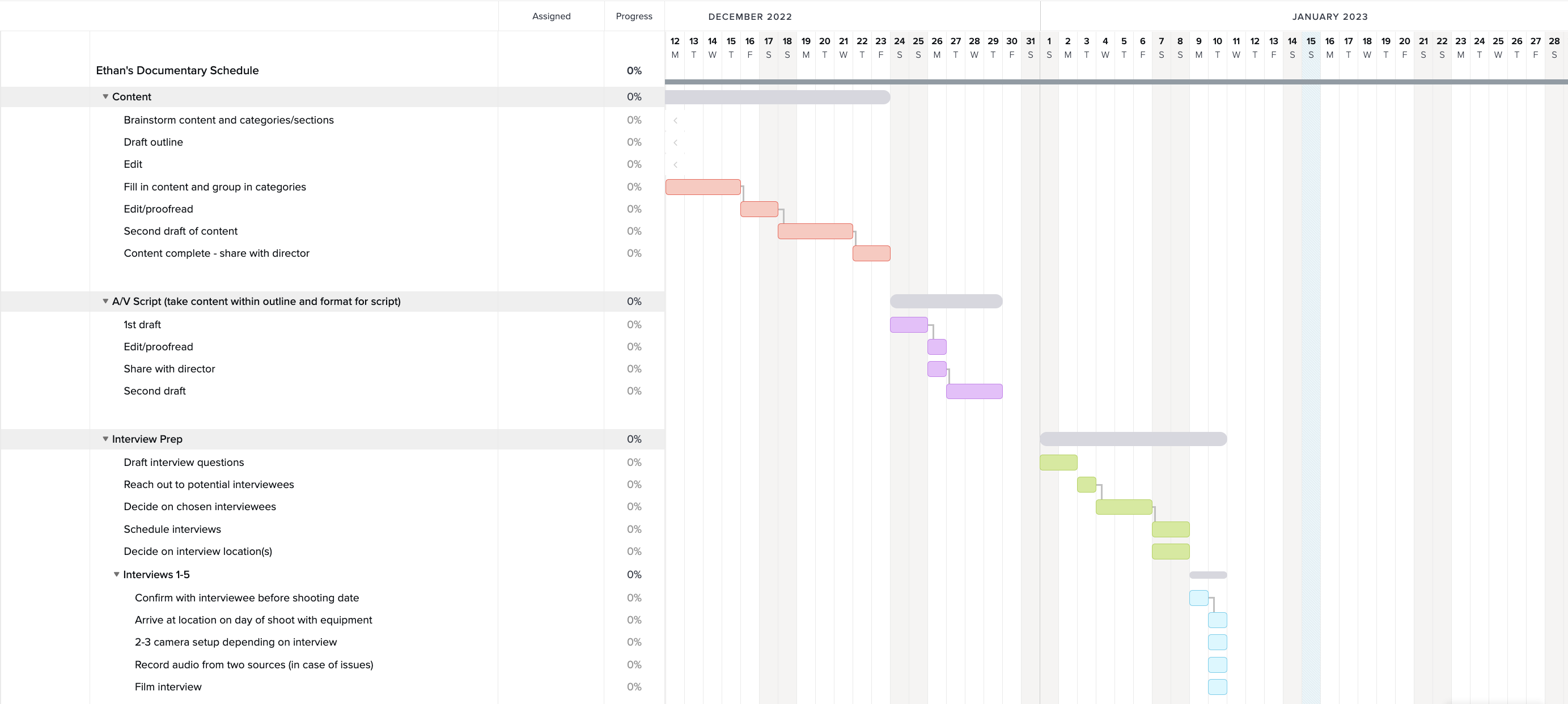
2. INTERVIEW PROGRESS
The biggest step I made as of late, at least for the filming process, is completing two preliminary interviews – one with a professor, and the other with a student. During the fall semester, I took a class called Senior Experience: Career Readiness, in which soon-to-be-graduating seniors learned valuable career and professional advice including interview tips, how to write a proper resume and cover letter, and how to be a valuable asset and team player in the workplace. The class culminated in a formal mock interview simulating a real job interview in our chosen field, based on a career portfolio we submitted previously. While I was still in the early stages of development of my documentary during this time, I thought this would be the perfect opportunity to obtain some interview material, and seized the moment to do so.
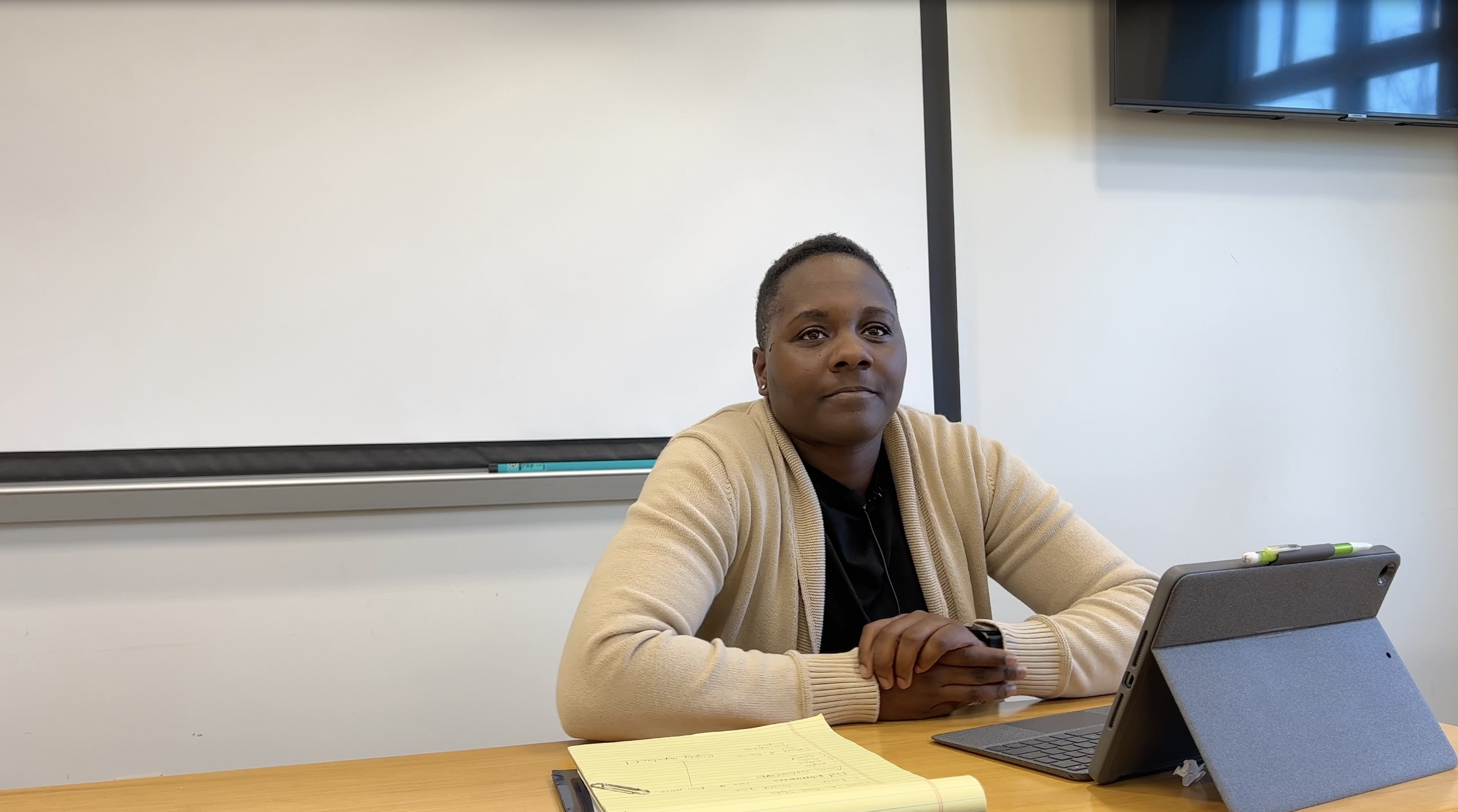
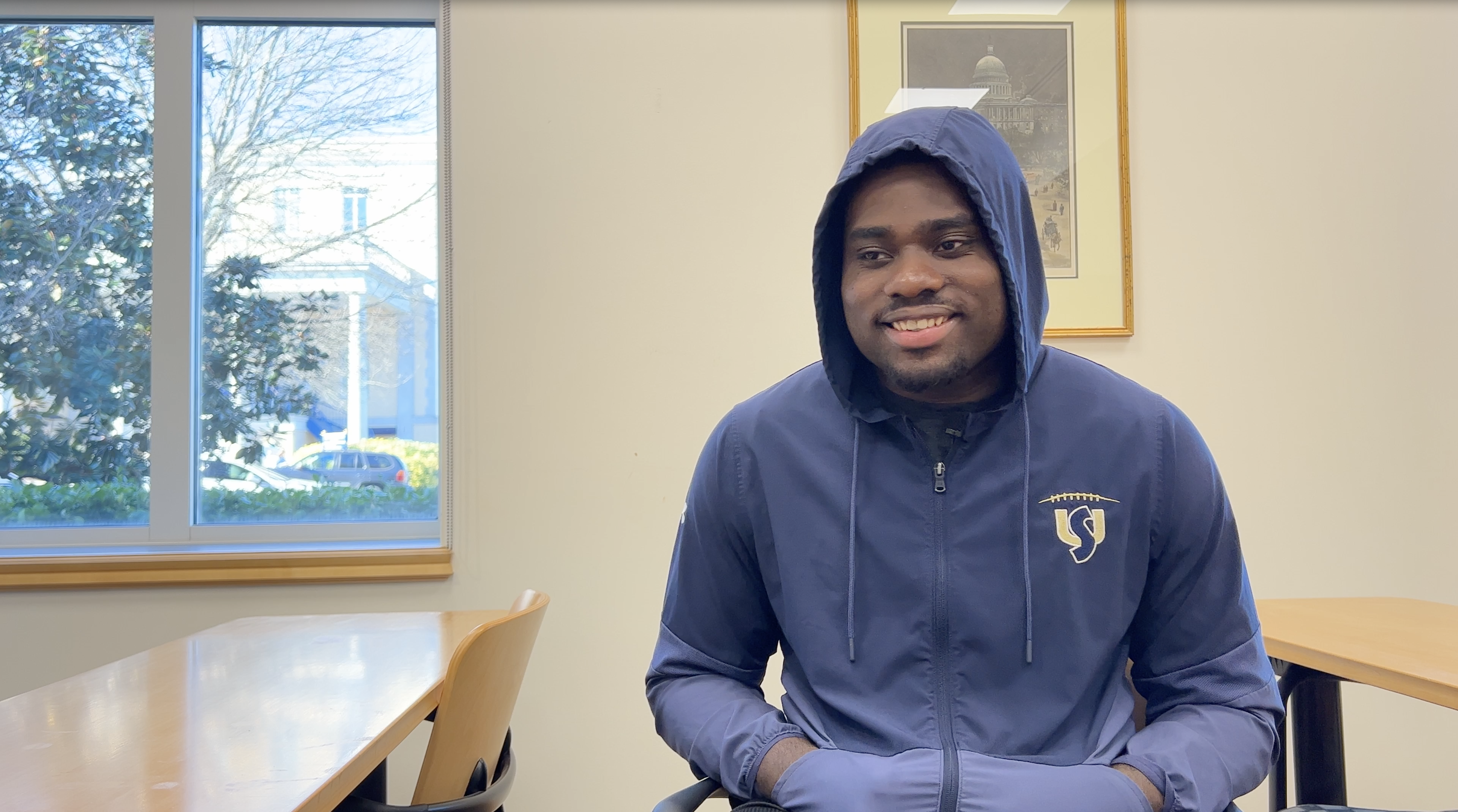
After class one day, I interviewed both the instructor of Senior Experience, Mary Álvaro, and one of the students in the class, Gerald Wright. While both interviews were rather impromptu, being that I was still in class and there was a limited amount of time, I felt that it was necessary to capture these responses being that the subject of my documentary coincided with the content of the class so closely. Namely, both cover the transition of Gen Zers from college into the workplace or professional life. The interviews went very well overall, and it was especially beneficial that I got the opportunity to interview my professor in order to broaden the scope of my interviewees outside of purely students. The professor was a millennial herself, so it was interesting to see the intergenerational dichotomy and how a member of the previous generation viewed Gen Z.
3. PROJECT OUTLINE
Before I talk about my documentary outline, I’d like to briefly explain my pre-production approach, that is, the order in which I’m doing things leading up to production and editing work. Firstly, while it’s conventional in the case of many films that the scripts are written first and then the film is shot, this is not the case with my documentary. That is because this project is built around my interviews so the way in which I write my script and narrate depends on the responses of my interviewees.
Thus, instead of writing an A/V and narration script first, I’d like to instead get all, or at least a large portion of my interview material first and then sit down to write the script to go along with it. However, to replace the script that usually comes first, I’ve created a comprehensive documentary outline that breaks down the film into sections and subsections grouped by topic and interview changes, narration portions, b-roll ideas, shot locations, montages, and intro and outro sequences, to name a few. This way, even though I don’t have a formal script drafted at this stage, I still have a detailed run-down of the film’s structure in order to stay organized and on track during the interviewing process.
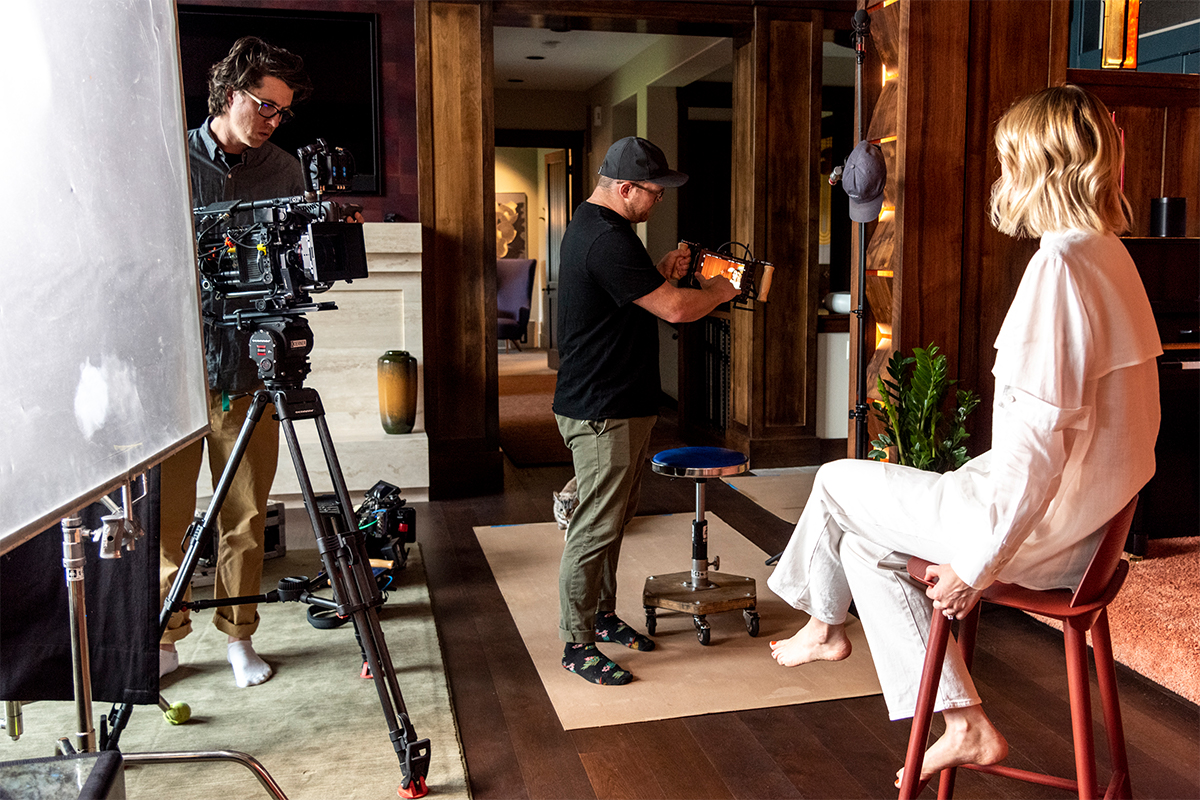
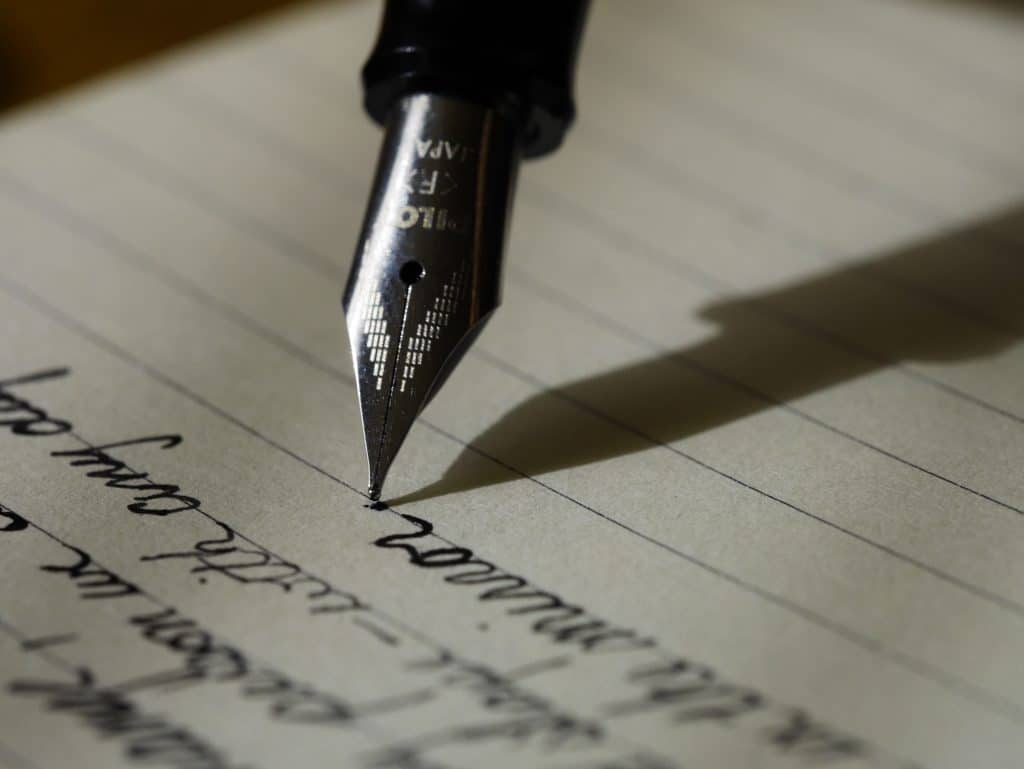
4. EQUIPMENT UPGRADES
The last, but certainly not the least, development in my project is the acquisition of several new pieces of camera and audio equipment over break that will help in enhancing the overall professional quality of my documentary. First, I purchased a U-mount handle grip which works for both cameras and smartphones. This will allow me to get a more stable shot when filming moving B-roll. This mount is also equipped with cold-shoe mounts which brings me to my next two upgrades: a shotgun mic and an LED camera light which can both be affixed to the mount. Next, I purchased a DJI Mini 2 drone which will allow me to get aerial B-roll shots in 4k. Drone shots are becoming increasingly prevalent in documentaries and other films, so this was a necessary and much-needed addition. Finally, I ordered a Lewitt LCT 440 Diaphragm Condenser Microphone and the Rode Wireless GO Microphone, a big upgrade from the Blue Snowball and wired lavalier mic that I previously used for years. This will allow me to get crystal-clear audio when recording both narration and interviews in order to be more consistent with the quality of higher-budget films.
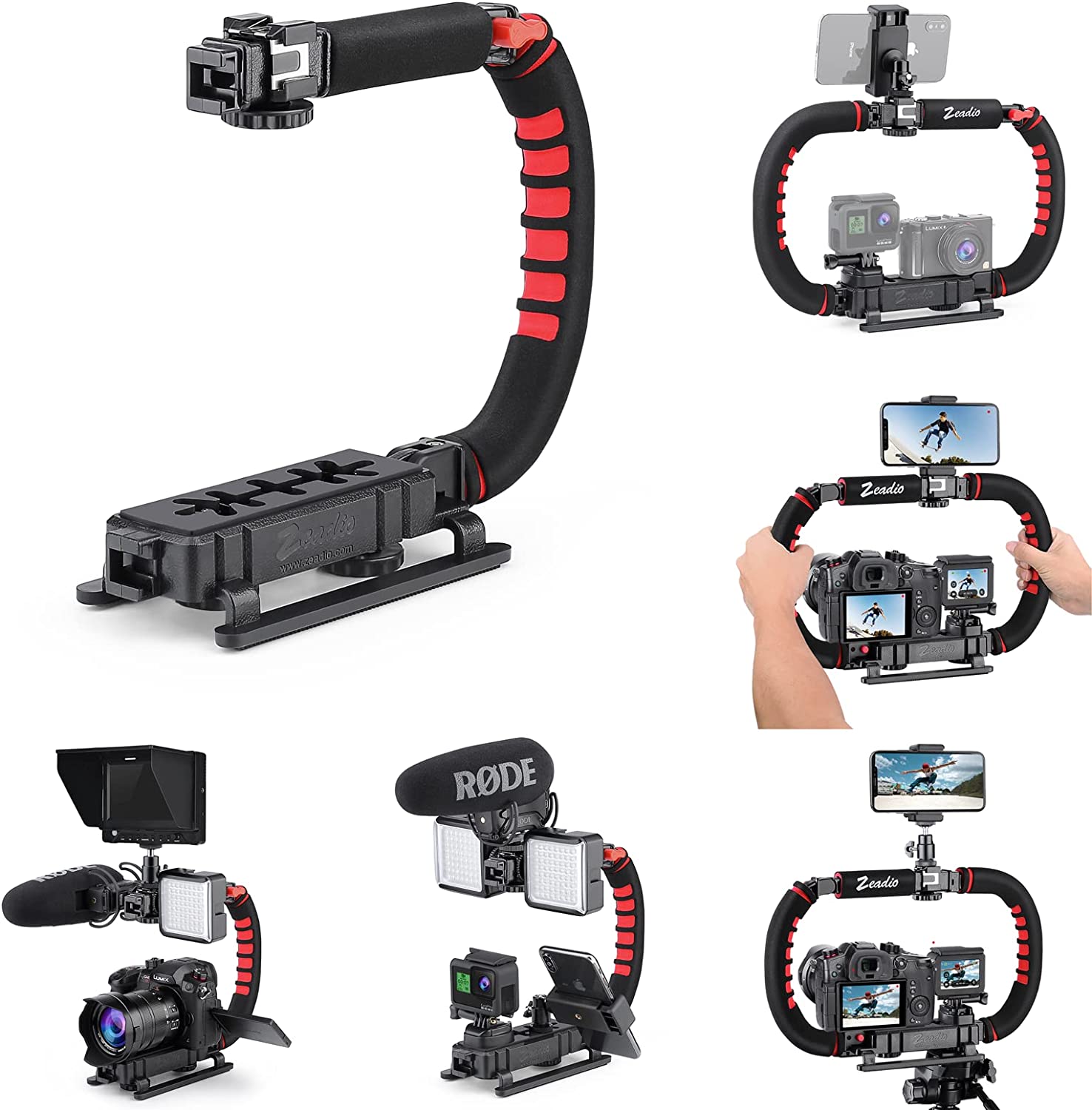
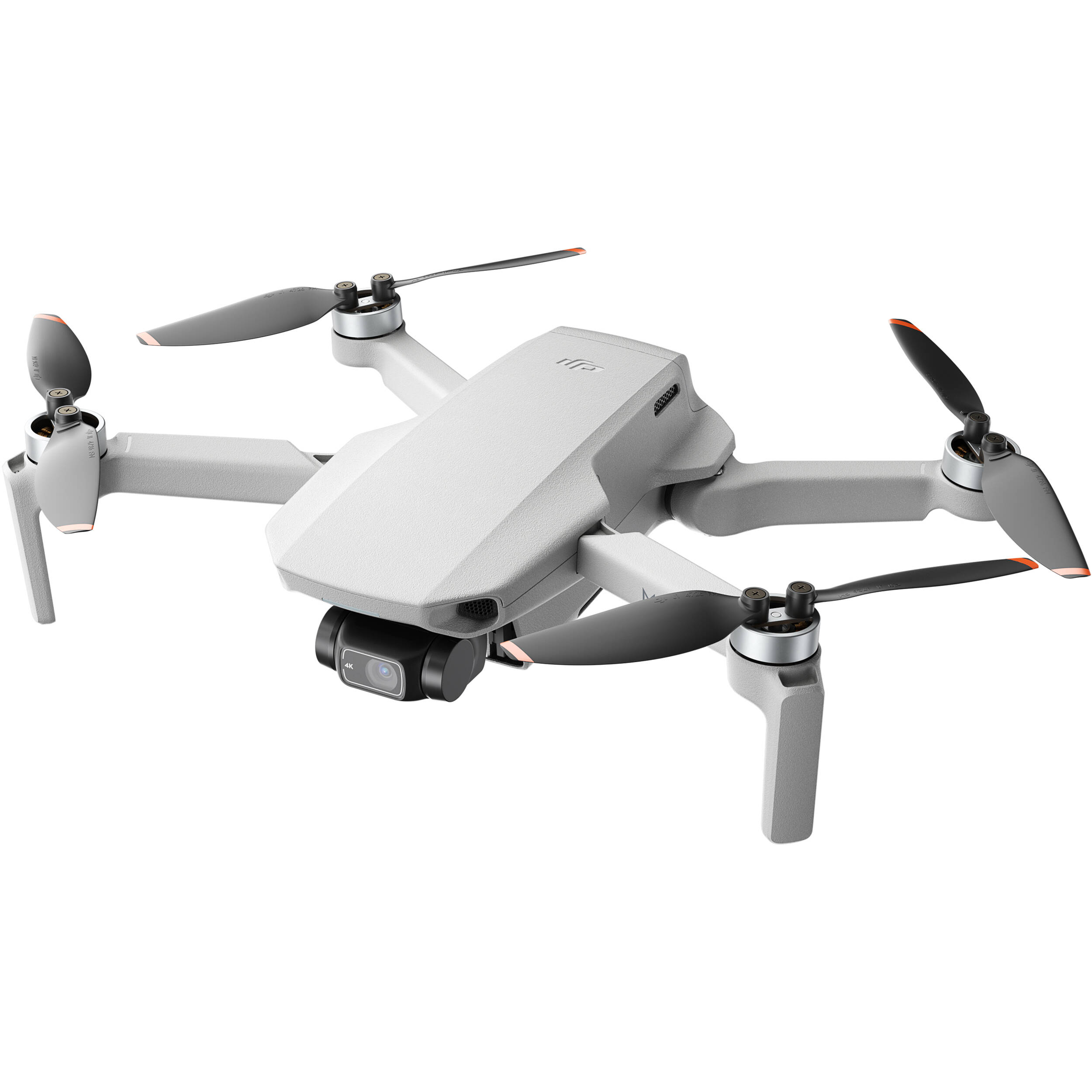
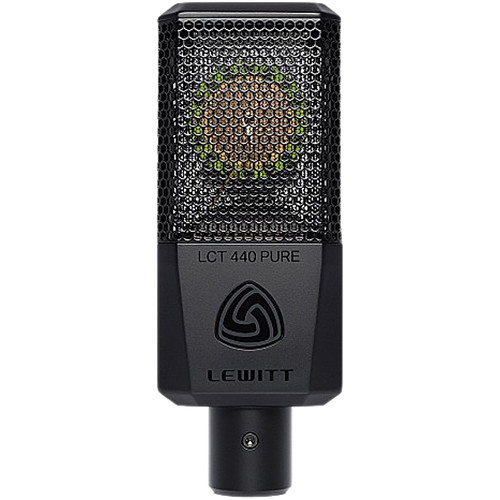
A FEW STEPS CLOSER
All in all, I made some major developments these past few months in getting a few steps closer to the final project. There’s still much more work to be completed as I’ve only just started the filming process, but once I get into the production groove, I’m confident that I can pull it off. In the coming weeks, I’d like to obtain more interview material, getting one or more interviews completed before the next progress post. I’ll also solidify my documentary outline with my director during our next meeting to make sure I’m still on track to have everything completed by the deadline.
